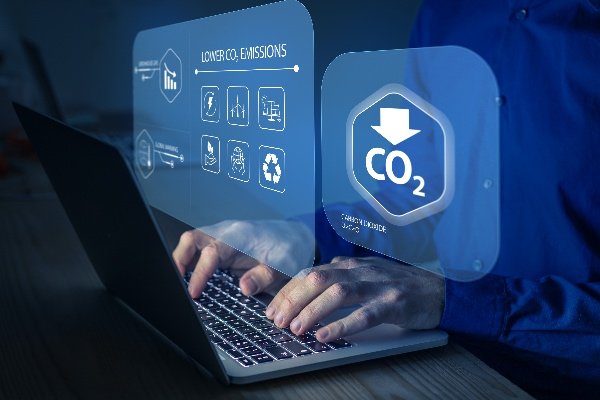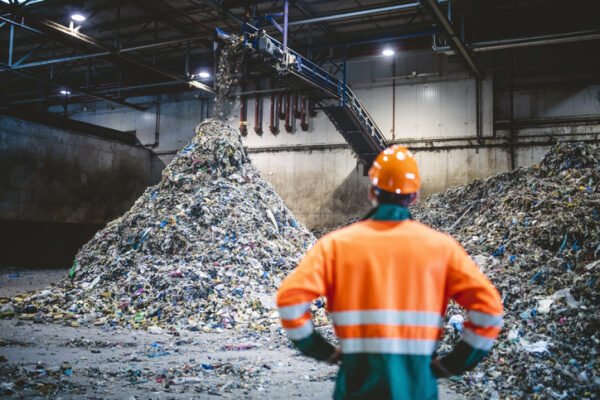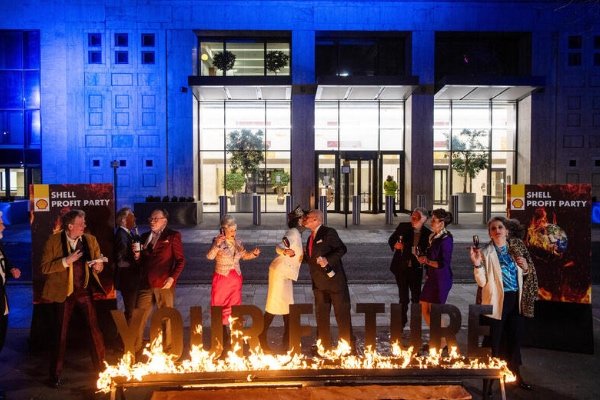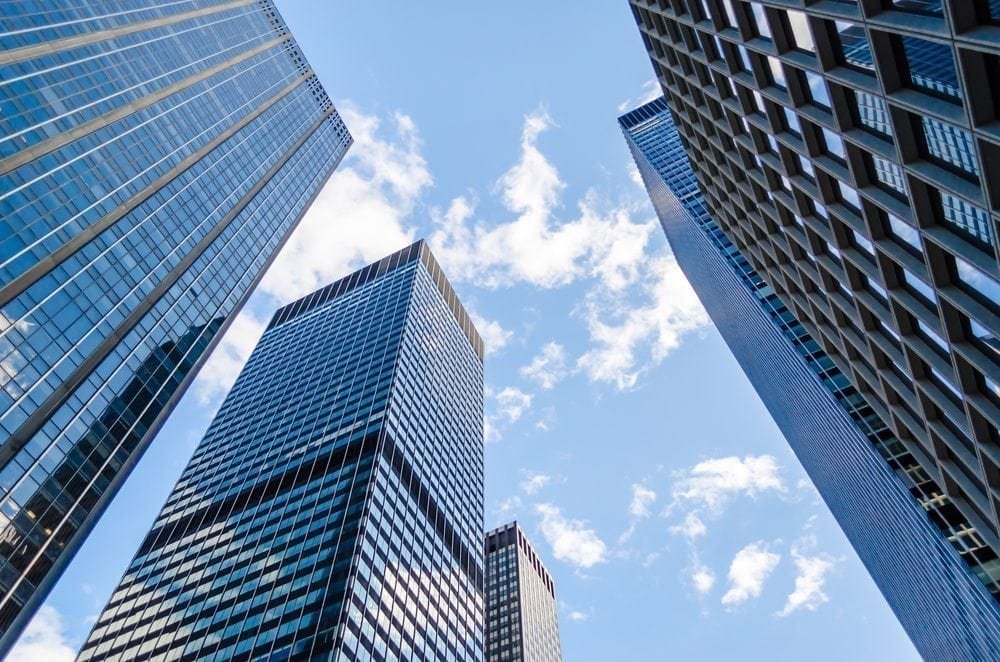Hybrid data centres
The hybrid data centre model integrates on-premise infrastructure with cloud-based services, optimising operational efficiency and resource use.
Organisations with thousands, or tens of thousands, of users often have sprawling data centres in multiple locations to provide for redundancy and burst capacity.
Citrix’s approach to hybrid data centres aligns with sustainability principles by offering a flexible, scalable and energy-efficient IT infrastructure.
By strategically combining on-premise servers with cloud services, businesses can scale up or down based on workload demands.
This scalability minimises the need for maintaining constantly powered, under-utilised on-premise servers. This reduces unnecessary energy consumption and the associated carbon emissions.
Also, by leveraging cloud providers with renewable energy commitments, companies can further improve their sustainability goals.
The flexibility of hybrid data centres enables the optimisation of resource allocation, for cost, sustainability or application performance.
Citrix technology empowers companies to route workloads to the data centre or cloud of choice, expanding workload locations as needed to adapt to changing user demands.
The environment can scale up to meet daily demand early in the morning, then back in the evenings – or even adjust for seasonal business changes.
As companies transition towards hybrid data centre models, the broader impact is not only on operational efficiency but also on minimising the environmental footprint of their IT operations.
Citrix offers insights and tools to help IT choose the most efficient processing options and maximise the density of user sessions, to help IT reach its sustainability goals.
Maintaining an existing footprint of on-premise technology allows organisations to extend the life of existing data centre investments, while leveraging eco-friendly cloud providers with renewable energy commitments contributes to overall sustainability objectives.
This model can reduce IT infrastructure spending and environmental impact, while still providing the same levels of business continuity and user experience that employees expect and business leaders demand.
Saving costs and the planet
Implementing a hybrid data centre strategy with Citrix technology brings not only environmental benefits but also increased cost efficiency.
Citrix offers an adaptive infrastructure that aligns with a business’s financial objectives, through the flexibility of a hybrid data centre.
Citrix technology allows for the seamless integration of on-premise infrastructure with cloud services, enabling businesses to shift workloads between these environments.
This flexibility reduces the need for maintaining extensive, constantly powered on-premise servers, effectively decreasing operational costs associated with energy consumption, cooling and maintenance.
The hybrid data centre model optimises the allocation of computing tasks, enabling companies to route workloads to the most cost-efficient infrastructure.
By intelligently managing resources across various environments, businesses can harness cost savings by using cloud-based services during peak demand and scaling down during off-peak times. This reduces unnecessary expenses related to overprovisioning.
Citrix solutions also empower organisations to make informed decisions regarding data storage, processing and overall infrastructure management.
The detailed insights and analytics provided help in identifying cost-efficient data storage options.
Companies benefit from reduced energy consumption, optimised resource allocation and informed decision-making, leading to significant cost savings.
By adopting this strategy, businesses not only reduce their environmental impact but also reduce expenses, making sustainability and cost efficiency mutually achievable goals.
Business and positive change
As companies navigate an evolving technological landscape, the role of Citrix technologies in supporting sustainability, particularly through hybrid work and hybrid data centres, is clear.
Hybrid work, enabled by Citrix, embodies a sustainable approach by redefining the traditional work model. It offers employees the flexibility to work from diverse locations and devices, reducing the carbon footprint associated with commuting and office energy consumption.
By providing secure work environments from anywhere, businesses can tap into a wealth of benefits, including reduced emissions, enhanced productivity and improved work-life balance.
The integration of hybrid data centres allows IT to extend the life of existing data centre investments while expanding to the cloud as needed.
Companies can intelligently manage their infrastructure, minimising unnecessary resource consumption while maximising operational efficiency.
The flexibility in this approach ensures resource and spending optimisation, while significantly reducing energy consumption and carbon emissions.
Citrix empowers businesses to leverage the most cost-efficient and environmentally friendly data storage and processing options, thereby driving down operational costs while supporting sustainability goals.
The Citrix commitment to sustainable technology reflects not just a trend, but a conscious step towards a greener, more efficient future.
Businesses can leverage Citrix hybrid technologies to streamline their IT operations, but also to achieve a more sustainable, eco-friendly business, ensuring a positive impact for their employees, their bottom line and the environment.
 Play Video about This Rock Might Just Save The World
Play Video about This Rock Might Just Save The World Play Video about Play 2 hours of rock
Play Video about Play 2 hours of rock Play Video about Play 2 hours of brook
Play Video about Play 2 hours of brook Play Video about Play 2 hours of sheep
Play Video about Play 2 hours of sheep














































